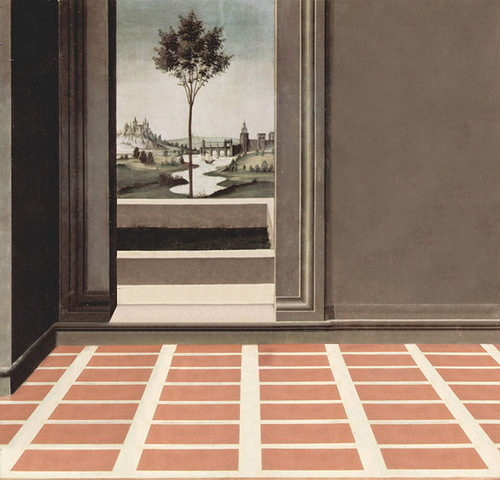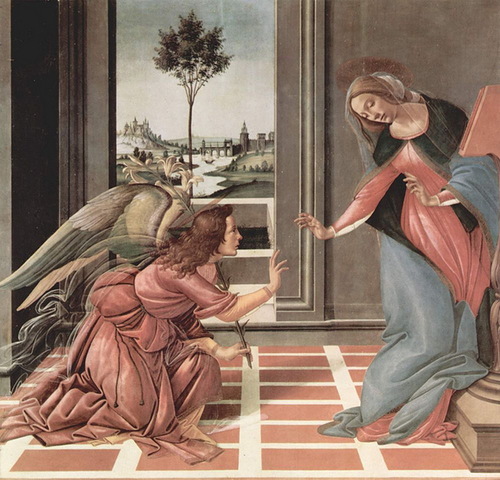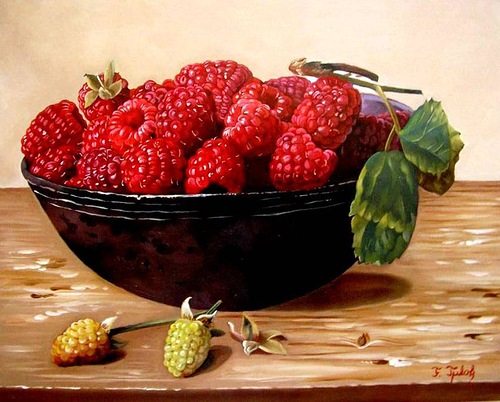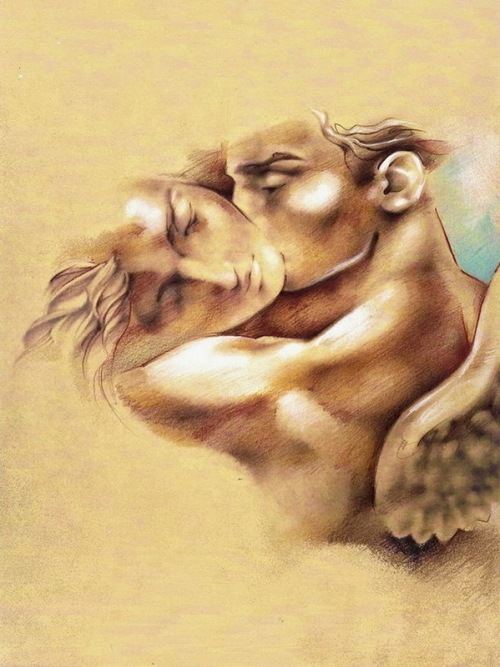Abandoned paintings by Bence Hajdu

Disappeared from painting angel Gabriel and the Virgin Mary. This is an abandoned Version of ‘Annunciation’ by Italian painter of the Early Renaissance Sandro Botticelli (1489-1490). Abandoned paintings by Bence Hajdu
Abandoned paintings by Bence Hajdu
Have you ever imagined how most iconic paintings of classic masters would look without main characters in them? I suppose, you haven’t. But Hungarian painter Bence Hajdu has. In particular, she is the author of these creations – paintings without people we used to see before. Talented Hungarian student of Art University remade several famous paintings, removing from them the figures from all the original versions. Unfortunately, I couldn’t find any further details of her biography. And I came across her paintings by chance, following Facebook page of the creative artist.

Angel Gabriel visits the Virgin Mary. The original version of ‘Annunciation’ by Italian painter of the Early Renaissance Sandro Botticelli (1489-1490)
Abandoned paintings by Bence Hajdu
- Original version of painting by French painter Claude Lorrain ‘Seaport with the embarkation of st. Ursula’ 1641
- Remade version of “Seaport with the embarkation of st. Ursula” 1641, abandoned by people. Painting by Hungarian artist Bence Hajdu
- Creative interpretation of 1465-1474 Trompe l’Oeil Ceiling Painting at Camera Degli Sposi (bridal chamber). Artwork by contemporary Hungarian artist Bence Hajdu
- 1465-1474 Trompe L’Oeil Ceiling Painting at Camera Degli Sposi by Andrea Mantegna
- The abandoned version of Leonardo da Vinci’s ‘The last supper’ (1495-1498). Painting by Bence Hajdu
- Original of ‘The last supper’ (1495-1498), masterpiece by Leonardo da Vinci, 1495-1498
- Here is the abandoned version of ‘The annunciation’, created by Italian master Fra Angelico in 1450. Painting by Bence Hajdu
- Original version of “The Annunciation” (ca.1450), an Early Renaissance fresco by Italian Renaissance painter Fra Angelico (1395 – 1455)
- Interpretation of 1784 painting by French artist Jacques-louis David ‘Oath of the Horatii’, 1784
- Located in Louvre, Paris original version of “Oath of the Horatii” by French artist Jacques-louis David, 1784
facebook.com/pages/hAJDU-bENCE















